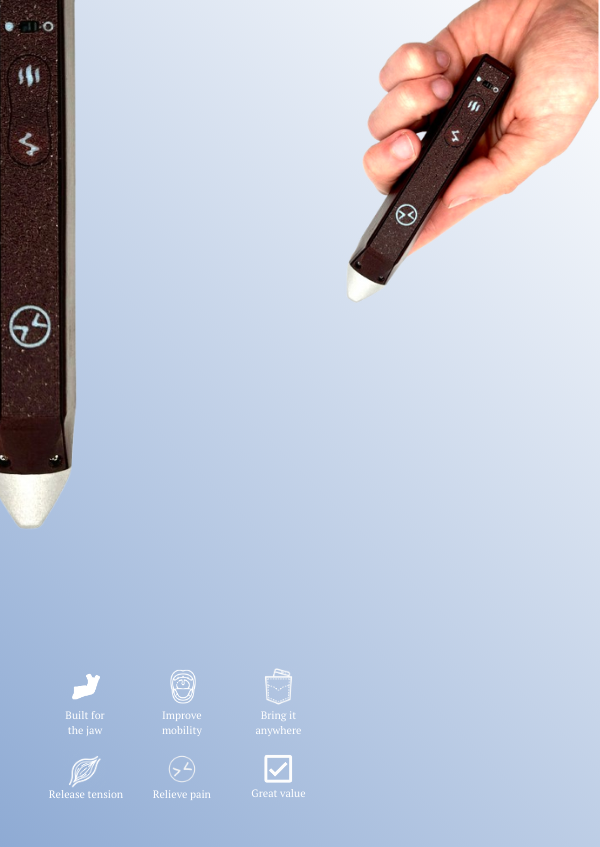The Link Between TMJ Disorders and Dry Mouth

If you're new to this, TMJ (Temporomandibular Joint) Disorder is a spectrum of dysfunction around the jaw joint that can result in a variety of symptoms ranging from jaw pain, jaw tension, and lockups, to those you would never expect like headaches, tinnitus (ear ringing and pain), and what we're discussing in this article - dry mouth.
What does your TMJ have to do with saliva?
Before we get into it, it's worth mentioning that just like everything relating to TMJ Disorder, this symptom is extremely un-researched. There are practically zero truly academic sources describing the biological mechanisms that relate jaw dysfunction to saliva production.
But there are too many people listing things like dry mouth, "thick" saliva, or weird tasting saliva as part of their TMJ Disorder story for us to ignore it, so here is a couple potential explanations.

As you can see in the photo above, one of the major salivary glands (called the parotid gland) is located right on top of the TMJ. So hopefully this makes it a little less surprising that a link exists in the first place.
The linked source below is the only study done on this matter, and reveals that when the jaw joint is displaced (search disc displacement in our blogs to learn more) and/or is compressed backwards (towards your ear), there is indeed a clear correlation with decreased saliva production, increased viscosity, and slightly more acidic saliva.
The reason? Because the compression from your lower jaw can inhibit the function of nervous tissue in the area. While some nerves are pain sensing (and can cause pain duh), others are critical in the saliva production process within the parotid gland. Therefore compression of those nerves may result in that dry mouth of yours!
How do you fix it?
You might hate this answer, but the way to end this symptom is to treat the underlying problems that cause the mis-positioning of the jaw in the first place. The study showed that treating pain does nothing (so icing isn't going to help), and the only way to regain normal saliva gland function was by returning the jaw to its correct position. The way to do this can range from PT, to splints, to postural changes, to surgery. For more details, check out our ultimate guide to TMJ Disorder treatments.
Source: https://wiadlek.pl/wp-content/uploads/archive/2021/WLek202107124.pdf
If you found this article interesting or informative, consider following us on instagram @mytmjrelief



